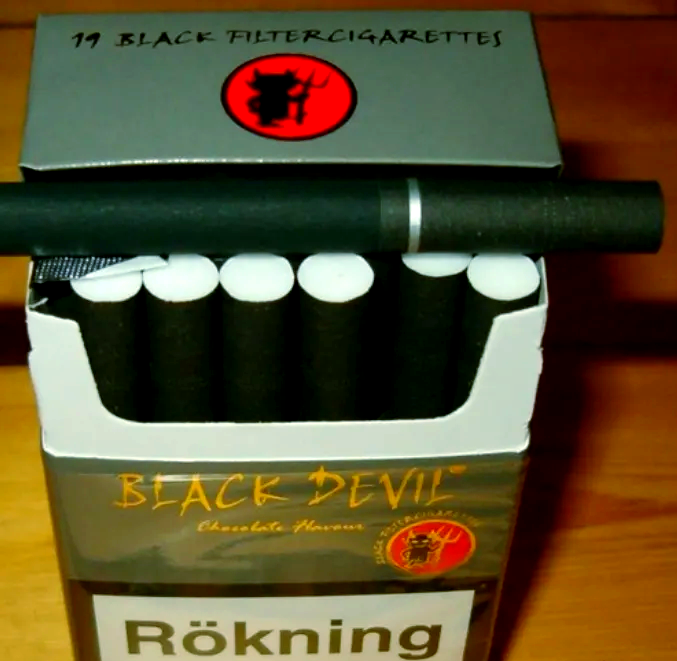Smoking Exacerbates Skin Hypopigmented Spot Lightening: An Unseen Dermatological Threat
The detrimental effects of smoking on respiratory and cardiovascular health are widely documented and recognized. However, a less discussed but equally significant consequence lies in its impact on dermatological health, particularly regarding skin pigmentation. Emerging research indicates that smoking not only accelerates skin aging and contributes to uneven tone but also significantly increases the degree of lightening in hypopigmented skin spots. This phenomenon, driven by the complex interplay of toxic chemicals in tobacco smoke and skin physiology, presents a serious concern for skin integrity and aesthetic uniformity.
Understanding Skin Hypopigmentation
To comprehend smoking's impact, one must first understand hypopigmentation. Skin color is primarily determined by melanin, a pigment produced by melanocytes in the epidermis. Hypopigmentation refers to patches of skin that become lighter than the surrounding baseline skin tone due to a reduced amount of melanin or melanocyte dysfunction. Common conditions include post-inflammatory hypopigmentation (often following skin trauma like burns or eczema), pityriasis alba, and vitiligo. These spots lack protective pigment, making them more vulnerable to sun damage. The "lightening degree" refers to the severity of pigment loss and the contrast between the affected spot and the healthy perilesional skin.
The Chemical Onslaught: How Tobacco Smoke Affects the Skin
Cigarette smoke is a toxic cocktail of over 7,000 chemicals, including nicotine, carbon monoxide, tar, and numerous free radicals. These compounds reach the skin primarily through the bloodstream, damaging structures from within.
Nicotine and Vasoconstriction: Nicotine is a potent vasoconstrictor, causing the narrowing of blood vessels. This significantly reduces blood flow, oxygen, and nutrient delivery to the skin. For melanocytes, which are highly metabolic cells, this ischemia creates a hostile environment, impairing their ability to produce melanin. In already hypopigmented areas, where melanocyte function is already compromised, this reduced blood supply can further suppress any residual pigment production, deepening the lightening effect.
Oxidative Stress and Free Radical Damage: The massive load of free radicals in tobacco smoke overwhelms the skin's natural antioxidant defenses, such as vitamins C and E, which are also depleted in smokers. This oxidative stress is a key driver of skin damage. It directly damages melanocytes, potentially leading to cell death or arrested melanin synthesis. Furthermore, oxidative stress can disrupt the delicate signaling pathways between melanocytes and keratinocytes (skin cells), which are essential for pigment transfer and even skin tone. This systemic oxidation exacerbates the existing pigmentary disorder, making hypopigmented spots more pronounced.
Inflammation and Cytokine Release: Smoking promotes a chronic pro-inflammatory state in the body. It triggers the release of inflammatory cytokines (signaling proteins) that can interfere with melanogenesis (the process of melanin production). For individuals with conditions like vitiligo, which has an autoimmune inflammatory component, smoking can potentially fuel the autoimmune attack on melanocytes, leading to the progression of existing spots and the appearance of new ones, thereby increasing the overall lightening degree.
Clinical Evidence and Observations
Several clinical studies and observations support this link. Research has shown that smokers have a higher prevalence of abnormal skin pigmentation, including both hyperpigmentation and hypopigmentation. A study published in the Journal of the European Academy of Dermatology and Venereology found that heavy smoking was associated with a more severe presentation of vitiligo. Dermatologists often note that smokers with hypopigmented conditions experience slower repigmentation responses to treatments like phototherapy. The compromised skin microenvironment in smokers hinders the activation and migration of melanocyte stem cells necessary for healing these spots.

The Synergistic Effect with Other Factors
Smoking rarely acts alone. Its effects synergize with other environmental insults, most notably ultraviolet (UV) radiation. Hypopigmented spots lack the natural sun protection of melanin. While smoking internally weakens the melanocytes, UV radiation attacks them externally. This double assault can lead to a more rapid and severe expansion of lightened areas. Moreover, the overall premature aging caused by smoking—characterized by wrinkles, loss of elasticity, and telangiectasia (broken capillaries)—creates a background of unhealthy skin where pigmentary irregularities like hypopigmented spots become even more visually stark and difficult to manage.
Implications for Treatment and Prevention
This understanding has direct clinical implications. For patients seeking treatment for hypopigmentary disorders, smoking cessation must be presented as a fundamental component of the management plan. Continuing to smoke can effectively counteract the benefits of topical corticosteroids, calcineurin inhibitors, or light-based therapies. Dermatologists should actively counsel patients on this modifiable risk factor. From a preventive perspective, avoiding smoking is a crucial strategy for maintaining overall skin pigmentary health and potentially reducing the risk of developing severe hypopigmentary conditions.
Conclusion
While the search for a "healthy glow" often leads individuals to skincare products, one of the most significant steps toward achieving and maintaining even, healthy skin is avoiding cigarettes. The evidence is clear: smoking profoundly exacerbates the lightening degree of hypopigmented spots through mechanisms of vasoconstriction, oxidative stress, and inflammation. It cripples the skin's pigment-producing cells and undermines therapeutic efforts. Recognizing smoking as a major dermatological aggressor is essential for both public health and clinical practice, highlighting that the path to better skin health truly is smoke-free.










